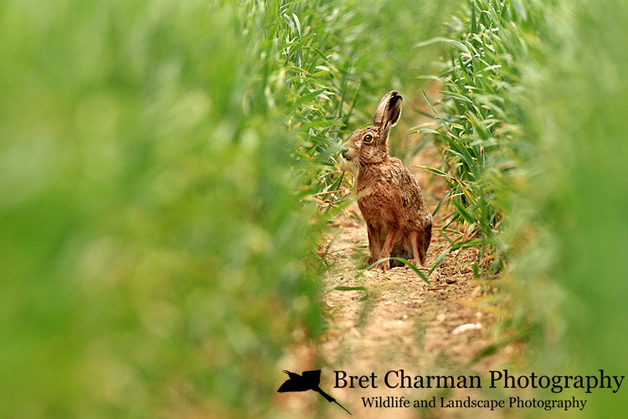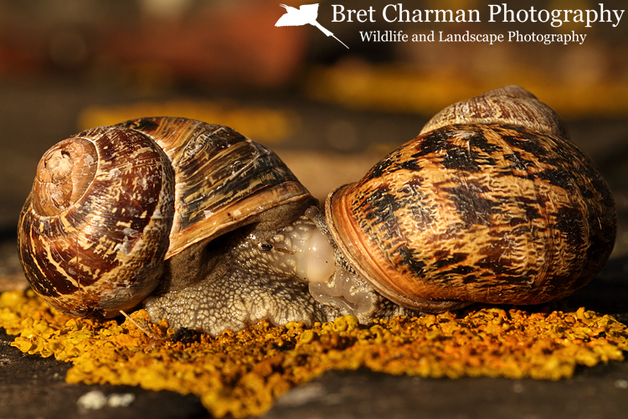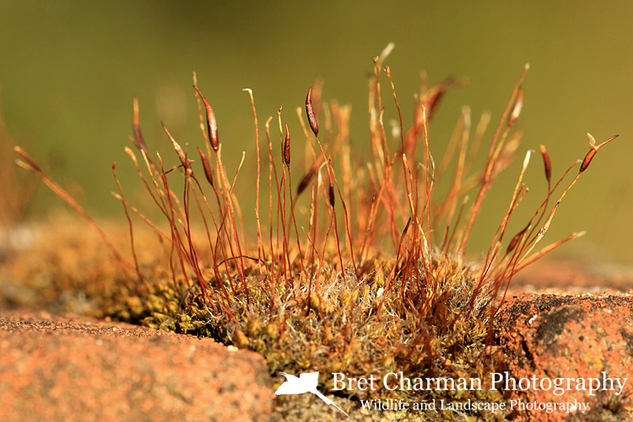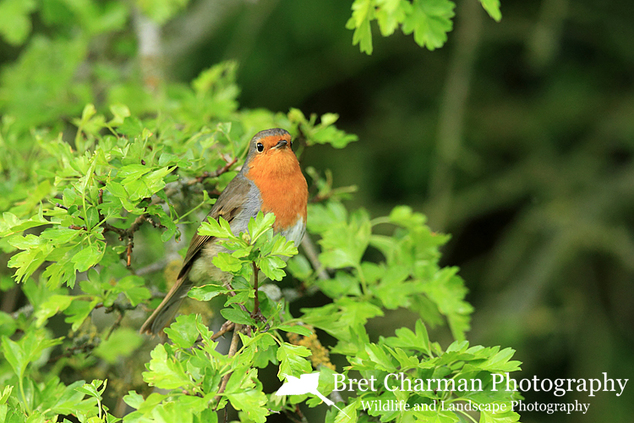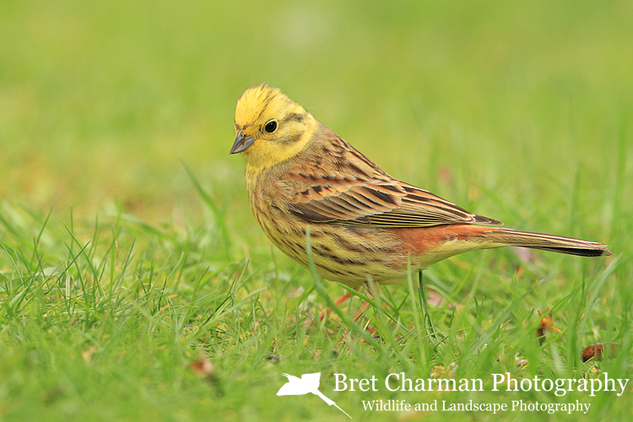|
Today at lunch I decided to join a couple of colleagues on a quick circular walk around the office. As we walked down one of the lanes we noticed a damselfly darting through the scrubby hedgerow until it landed on top of one of Stinging Nettle heads. Amazingly I managed to use my Canon 300mm f/2.8 IS II USM to lock on and get a few shots before it flew off. The Beautiful Demoiselle, as identified by my colleague, has to be one of our most beautiful insects here in the UK. As we continued on towards the Badger set, where we have set up a camera trap, my colleague Dan spotted a Hare coming straight towards us along one of the tyre tracks in the crop. To our amazement, instead of darting off, it stayed put and posed nicely for around 30 seconds. I really struggled to get the striking animal in focus as it had plenty of the crop moving around in front of it. Eventually I managed to get the camera to lock on and got the couple of shots I was after. I promised you all mammal shots were coming but I have to say I was not expecting such a great sighting on a gentle stroll, whilst on my lunch break.
0 Comments
The weather, as I am sure a lot of you will know has been lovely in the UK over the last week or so, it really makes everyone feel so much better. However I have not been able to get out with the camera as much as I would have liked. Here is a selection of images from the last couple of weeks when I have been able to get out and about with my camera. First off, here are a couple of shots of Greylag Geese in Northamptonshire, they were not too comfortable with me as they sat on the lake edge. They quickly took to the water and seemed a lot more content. I usually do my very best not to disturb wildlife but they were on a route I had to take, unfortunately. A species that I see almost everyday, either on my way to work or in the field behind my house, is the Pheasant. Now I know these birds are not native to the UK but they are absolutely everywhere and some individuals are particularly striking. My next subject is once again one of the animals I see nearly everyday, the Mallard Duck. As my office is based on the River Itchen we have plenty of waterfowl about but the most common is definitely the Mallard. Although they are extremely common I still think they are a rather striking bird. Now onto the many smaller species of birds that I have seen recently, you maybe asking what about the mammals but the simple answer is I haven't really seen any. I am planning to photograph Stoat, Weasel and Rabbit in the next few weeks but for the mean time these little critters will have to do. The Sedge Warbler was almost completely tame, it showed absolutely no fear as it sang its territorial song. The Reed Bunting is regularly seen around the office and the Great Tit was gathering food for its young chicks. The Blackbird was a cheeky little chap following me along the riverside path. I hope you liked all the different images in this blog post, next time I hope to share some more macro images that I have taken in the last couple of weeks. This new discipline of photography is certainly hard to master but I think I am starting to get the hang of it. I'll post something on the macro work by the end of the week.
I have finally got a replacement Canon 100mm Macro IS L now, my first version had a spot of dust internally so I ordered another one. Miraculously the weather has decided to co-operate and I decided to make the most out of it and get out there and get some practise in. Here are a few example shots that I hav emanaged to take since getting the new lens. Macro is a whole new discipline for me but one I think I am going to love! This rose was in one of my Gran's bouquets of flowers from over the weekend. It was both her's and my birthday so there were flowers absolutely everywhere and I thought I would get some practise in. When I went outside in search of some creepy crawlies or something a little more interesting to photograph I came across this pair of snails who where otherwise pre-occupied. After getting a few shots of them in the heat of the moment I moved them to the safety of a nearby crack in the wall, away from the many garden birds who might cut their activities a little short. After continuing my search and upturning a few rotten logs I found a whole selection of little critters to photograph, the only issue was none of them stayed put for long. The only thing that didn't scuttle away was this Pill Louse who got himself stuck in the wood as he rolled into his defensive "pill" shape. This little fellow is a Common Newt, you may not believe it but this individual is only about 3cm long. I found him lurking underneath one of the many log piles we have around the garden, surrounded by some lovely invertebrate prey, after a few minutes I left him to his own devices and put him back in the shade.
Over the last month or so the weather in the South of England has been absolutely terrible, as it has across a lot of the country. In fact, the rains arrived only a day or two after it was announced that we were in drought, rather ironic don't you think? I recently ordered the Image Stabilised version of the Canon 100mm macro but due to the awful weather I have not had much of a chance to use it. So today I went out in the brief spell of sunshine and decided to photograph on top of the garden wall. It looked just like a mini forest and the colour was spectacular. I still need to get to grips with the depth of field as it is incredibly narrow, I think it will take a few months to really get a good feel for this incredible bit of kit. So as the weather has been so bad I have had to make do with photographing the few Garden birds that are still hanging around the feeders. The most regular vistor has been a pair of Robins and so here are a few images of the cheeky little things. The image above was actually taken in the Hawthorn hedgerow that runs along one side of my paddock, it was after worms as I was digging in soaked soil. The other regular visitors to the garden have been the Tit species, although there has been one notable exception - the Long-tailed Tits. The Blue Tits are the most regular with the Great Tits making quick dashes as they dart across the garden. The Tit species have to be some of the most colourful birds in the UK but they are also one of the hardest to photograph. They never hang around in the same spot for long and once they have landed you only have a split second to get the auto-focus to lock on. I really like to try and capture the inquisitive and cheeky character of the Blue Tit as well as the more mellow Great Tits. There have been some more unusual garden visitors in the last few weeks, the Yellowhammers have been visiting daily again. It seems they are nesting in the hedgerow in my paddock so they are often picking up the dispersed seeds underneath the feeders. The male is in his prime with some stunning colouring in his pluage. Hopefully in the next few weeks the weather will improve and I should be able to get a few more shots. A few of the species I am aiming to photograph are the Stoat, the Red Kite, Badgers, Pied Wagtail and Water Vole. I will keep you posted as (or if) I am successful.
|
AuthorBret Charman Archives
July 2024
Categories
All
|



